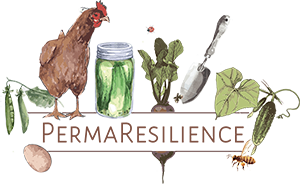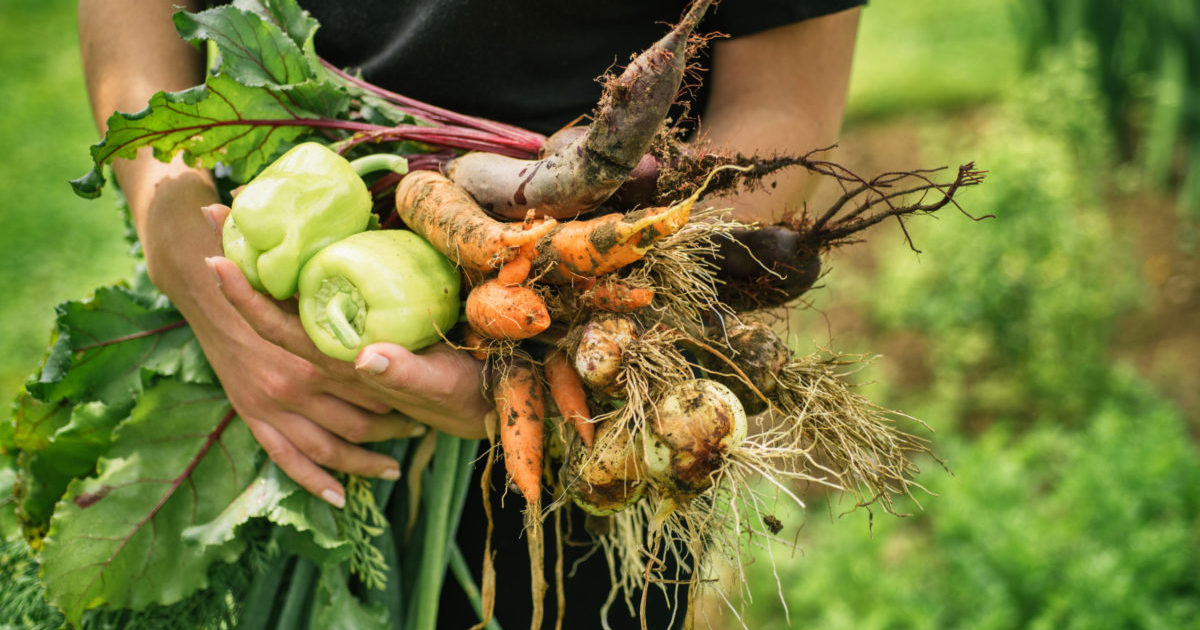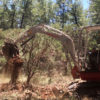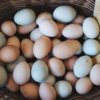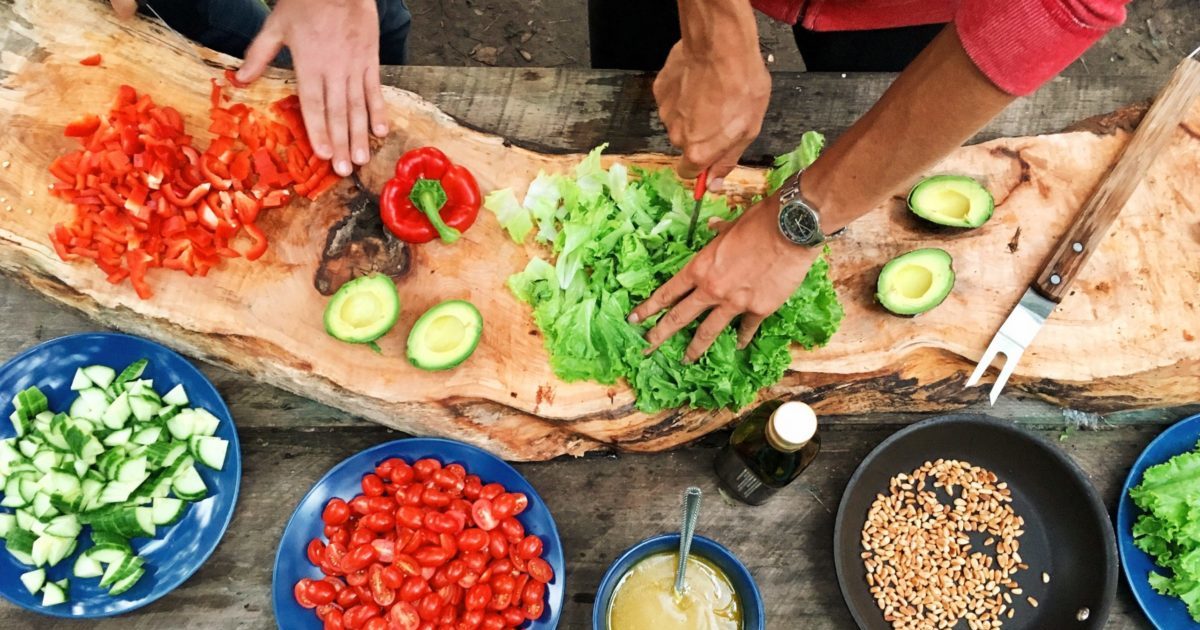The easy how-to guide for setting up a permaculture homestead so that you and your family are healthy, happy, and self-sufficient during a recession. From growing veggies year-round to harvesting rainwater, heating your home, and more!
Video Transcript:
I want to again separate gardening from homesteading and farming from permaculture because you can do any of these without permaculture. You can grow backyard veggies in a toxic way for you and your family.
What the heck exactly is permaculture? Well, the name itself is a conjunction of “permanent” and “culture”, and simply put, it’s a system that seeks to mimic nature. In it, we find the science, tools, and techniques all combined to create truly sustainable, if not regenerative, farms, communities, and even cities.
It’s rooted in ancient and Indigenous knowledge of how to live in harmony with the environment, but it’s adapted for our current modern way of living.
Permaculture is the only knowledge base that provides the instructions to design a healthy life for humans and the planet at the same time.
Now, we need to differentiate from something here to further illustrate this.
I want to again separate gardening, homesteading, and farming from permaculture because you can do any of these without permaculture. You can grow backyard veggies in a toxic way to you and your family by using petroleum fertilizer and chemical pesticides or even organic farmers can work in a way that destroys the environment by killing off the necessary soil life, eroding topsoil, and polluting watersheds with excessive organic fertilizers.
For example, neither of those examples or approaches to agriculture is permaculture, and neither of those is healthy or sustainable for anyone. And that’s what makes permaculture so special. It’s a holistic approach to supplying the needs of people and nature at the same time.
Now, are you getting this distinction?
We can get the things we need like food, medicine, water, heat, and even building materials while promoting health for the environment through the use of permaculture.
But the question becomes, how then do we actually achieve this?
Let’s look at some of the possibilities of permaculture in specific and distinct areas around your home and landscape.
First, let’s start with the permaculture garden or ecological garden. These are gardens that meld the best features of wildlife gardens, edible landscapes, food forests, and even conventional flower and vegetable gardens.
Permaculture gives us time-tested techniques honed to perfection by indigenous gardeners, restoration ecologists, organic farmers, and even cutting-edge landscape designers.
They combine low environmental impact, low maintenance (at least once established), and high yields with elegant aesthetics all in one garden. Ecological gardens are filled with beautiful plants that have many uses, providing fruit and vegetables, medicinal and culinary herbs, eye-catching arrays of colorful blossoms, soil-building mulch, protection from pests, and habitat for creatures.
Next, let’s look at an example of symbiotic animal management. Here, permaculture gives us the tools to create a composting chicken coop system that benefits the chickens, the garden, and the environment. You see, the soil is required to grow food, and animals are a critical component to creating healthy soil and even entire ecosystems.
In the past, animals have been mistreated and taken advantage of when instead we can provide habitats, homes, quality food, safety, and care for animals, and in exchange, they can build the soils that feed others, sequester carbon, store rainwater, and in the end, act as the linchpin to life itself.
And of course, we can’t skip over rainwater harvesting techniques that hydrate the landscape and restore the hydrologic cycle. Our current methods of water management are dehydrating our landscapes and causing major erosion and sedimentation issues in our watersheds.
Instead, we can locally collect, store, spread, and sink water back into the soil where it actually belongs with rain gardens, roof water harvesting, and water harvesting earthworks.
Now it can be as simple as adding a rainwater harvesting tank to an outbuilding or a chicken coop. This water can then be put to beneficial use such as irrigating gardens or even being used inside the home before continuing on its path and down the watershed.
Or we can create in-ground water harvesting systems called swales like this, which can capture tens of thousands of gallons of water in an hour and distribute that water beneficially across the landscape.
Next, permaculture even gives us tools for eco-efficient ways to cook and heat without fossil fuels. For example, solar ovens and solar cookers. Simply by building an oven that leverages the sun’s rays, we can cook entire meals for free, and it can be done anywhere you have access to the sun, such as a balcony.
You see, there are always resources around us, such as the sun’s rays in this example, and permaculture teaches us how to harness these opportunities.
Lastly, let’s take a look at sustainable home and building design starting with a passive solar greenhouse. They are designed and built to stay warm in the winter by collecting the sunlight and storing that heat in a thermal battery, often a tank of water with fish creating fertilizer for the plants which then radiates heat back out into the greenhouse at night regulating the temperature.
Now, this allows people to grow food, even fruit trees year-round in cold climates. Or take, for example, sustainable home design using the same passive solar technique from the greenhouse.
This passive solar home is specifically designed to regulate its temperatures so that it collects heat via the sun in the winter and heats up thermal mass inside the walls and floors, which then radiates heat back out in the evening mass in the building, such as the floors.
Now permaculture also encompasses natural building using local and earthen materials such as cobb and straw bales to construct homes that are extremely well-insulated and can stay cool without air conditioning even in hot desert climates.
What you should be seeing is that permaculture gives us tools and strategies beyond the garden to live a sustainable life, and by now, you should understand that permaculture is the key to actually living a sustainable and self-sufficient life.
